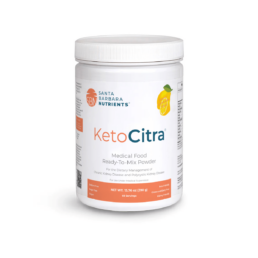We combed through multiple medical journals looking for the latest research on the Integrative approach to kidney health. We know your time is valuable, so we curated and summarized these studies for you. Welcome to the InKidney November Research and News.
Be aware of Rosuvastatin
In this real-world study, investigators analyzed electronic health records of 152,101 and 795,799 new users of rosuvastatin and atorvastatin, respectively, from 2011 to 2019.
The analysis identified 2.9% of patients with hematuria and 1.0% with proteinuria during a median follow-up of 3.1 years.
Compared with atorvastatin, rosuvastatin was associated with an increased risk of hematuria, proteinuria, and kidney failure requiring renal replacement (dialysis or transplant).
44% of patients with severe CKD were prescribed a higher dose of rosuvastatin than recommended by the FDA.
The maximum daily dose of Rosuvastatin should not exceed 10 mg for patients with severe CKD (eGFR <30 ml/min per 1.73 m2).
Join us to end the kidney disease epidemic and receive the FREE Report “5 Pitfalls to Avoid When Caring for Kidney Patients”
Toxic Occupational Exposures and Membranous Nephropathy
In this observational epidemiologic study, researchers compared the occupations and toxic occupational exposures of 100 patients with membranous nephropathy with those of the general population, consisting of two cohorts of 26,734,000 and 26,500 French workers.
Patients with membranous nephropathy worked more frequently in the construction sector than the general population. This difference remained significant by age and sex.
They were also more frequently exposed to toxic substances, such as asbestos, lead, or organic solvents, than the general population.
When thinking about glomerulonephritis one should think about predispositions, triggers, and mediators leading to inflammation.
This study may indicate that toxic occupational exposures may be one of the triggers for membranous nephropathy.
Higher baseline vitamin D levels are associated with a lower risk of CKD in patients with diabetes
Investigators analyzed serum 25OHD levels in 348,243 adults from the UK Biobank without prior CKD at baseline. They looked at the risk of new-onset CKD in diabetic and non-diabetic patients.
During a median follow-up duration of 12.1 years, 9,344 new-onset CKD were documented.
Among participants with diabetes, 25OHD ≥50 nmol/L was associated with a significantly lower risk of new-onset CKD than those with baseline serum 25OHD <25 nmol/L in diabetic patients only.
It is, therefore, not enough to target a “normal” lab value of 25OHD of 30 nmol/L. Providers should aim for levels higher than 50 nmol/L.
Join here to receive FREE monthly updates on the latest research in Integrative Nephrology and tips on managing kidney disease straight to your inbox.
We would love to hear your feedback. Let us know what you think of these educational materials and if you like us to focus on specific topics. Please email us at info@inkidney.com.



